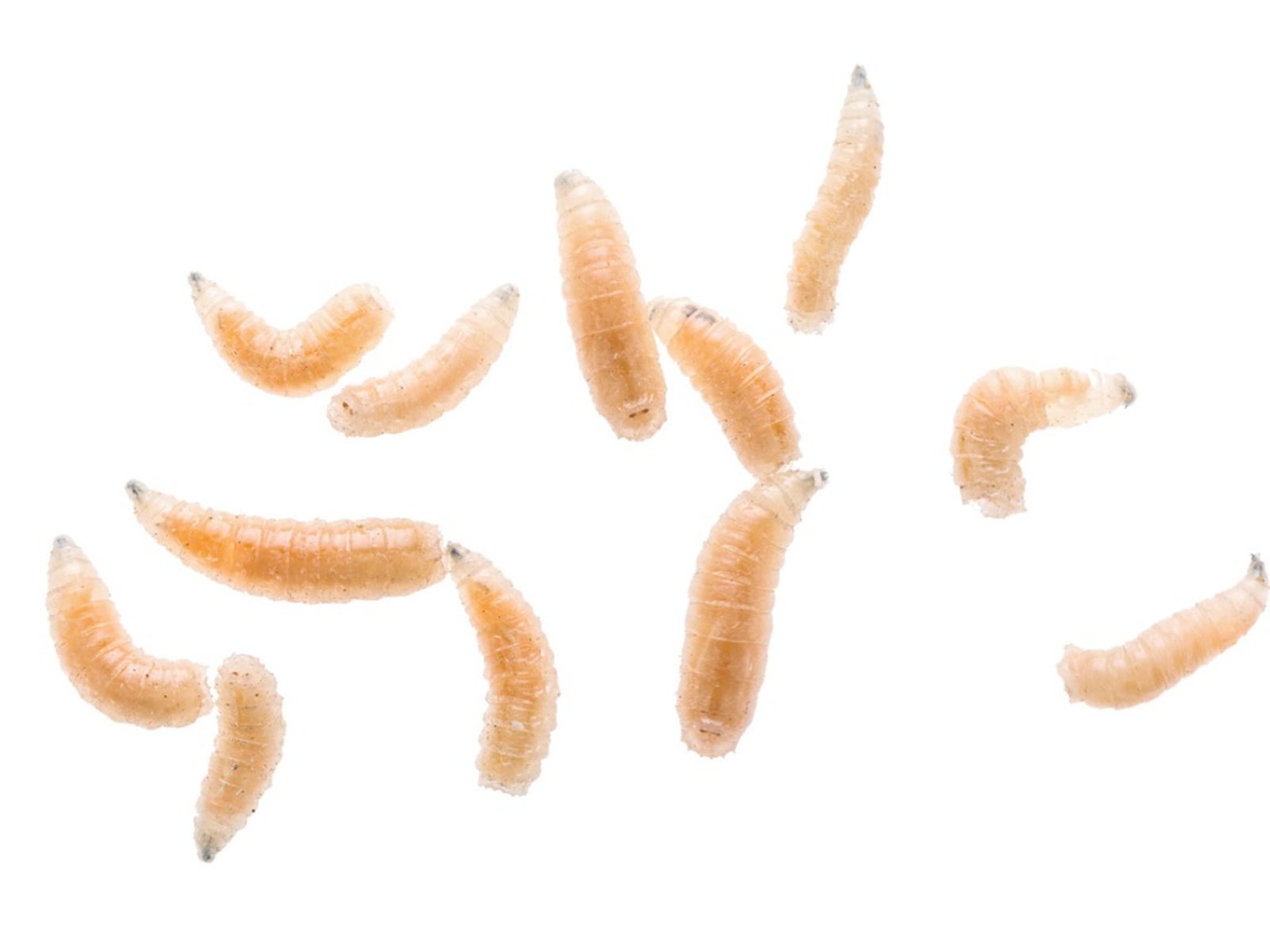Information About Cabbage Maggot Control


Cabbage maggots can wreak havoc on a newly planted patch of cabbage or other cole crop. Cabbage maggot damage can kill seedlings and stunt the growth of more established plants, but with a few preventative steps for cabbage maggot control, you can protect your cabbage from being damaged or killed.
Identifying Cabbage Maggots
Cabbage maggots and cabbage maggot flies are most often seen in cool, wet weather and most commonly affect gardens in the north. The cabbage maggot feeds off the roots of cole crops like:
The cabbage maggot is the larva of the cabbage maggot fly. The larva is small, about ¼-inch (6 mm.) long and is white or cream colored. The cabbage maggot fly looks like the common housefly but will have stripes on its body. Cabbage maggots are most damaging and noticeable on seedlings, but they can affect more mature plants by stunting their growth or causing the leaves of the plant to have a bitter flavor. A seedling or adult plant affected by cabbage maggots may wilt or take on a blue cast to their leaves.
Cabbage Maggot Control
The best control is to prevent cabbage maggots from being laid on the plants in the first place. Covering susceptible plants or growing the plants in row covers will help to prevent the cabbage maggot fly from laying its eggs on the plants. Also, placing yellow buckets of soapy or oily water out near the plants is said to help attract and trap the cabbage maggot flies, as they are attracted to the yellow color and then drown in the water. If your plants are already infected with cabbage maggots you can try applying an insecticide to the soil to kill them but typically by the time you discover that a plant has cabbage maggots, the damage is extensive enough that pesticide will not save the plant. If this is the case, your best option is to pull up the plant and destroy it. Don't compost affected plants, as this can give the cabbage maggots a place to overwinter and increases the chances that they will return next year. If you had a vegetable bed affected by cabbage maggots, you can take steps now to prevent cabbage maggots from returning next year. First, make sure that all dead vegetation is cleared out of the bed in the fall to reduce the number of places the cabbage maggot can deposit over winter. Till the bed deeply in late fall to help expose and disturb some of the cabbage maggot pupae that may be in the soil. In the spring, rotate the susceptible crops to new beds and use row covers. Systemic and organic pesticides like neem oil and Spinosad can be applied at regular intervals to help kill any larva that manage to get past other efforts to control the cabbage maggots. While cabbage maggot damage may ruin your crop of cabbage this year, that's no reason to allow them to continue to plague your garden. Following a few simple steps for cabbage maggot control will help you ensure that this pest does not bother you again.
Sign up for the Gardening Know How newsletter today and receive a free copy of our e-book "How to Grow Delicious Tomatoes".

Heather Rhoades founded Gardening Know How in 2007. She holds degrees from Cleveland State University and Northern Kentucky University. She is an avid gardener with a passion for community, and is a recipient of the Master Gardeners of Ohio Lifetime Achievement Award.